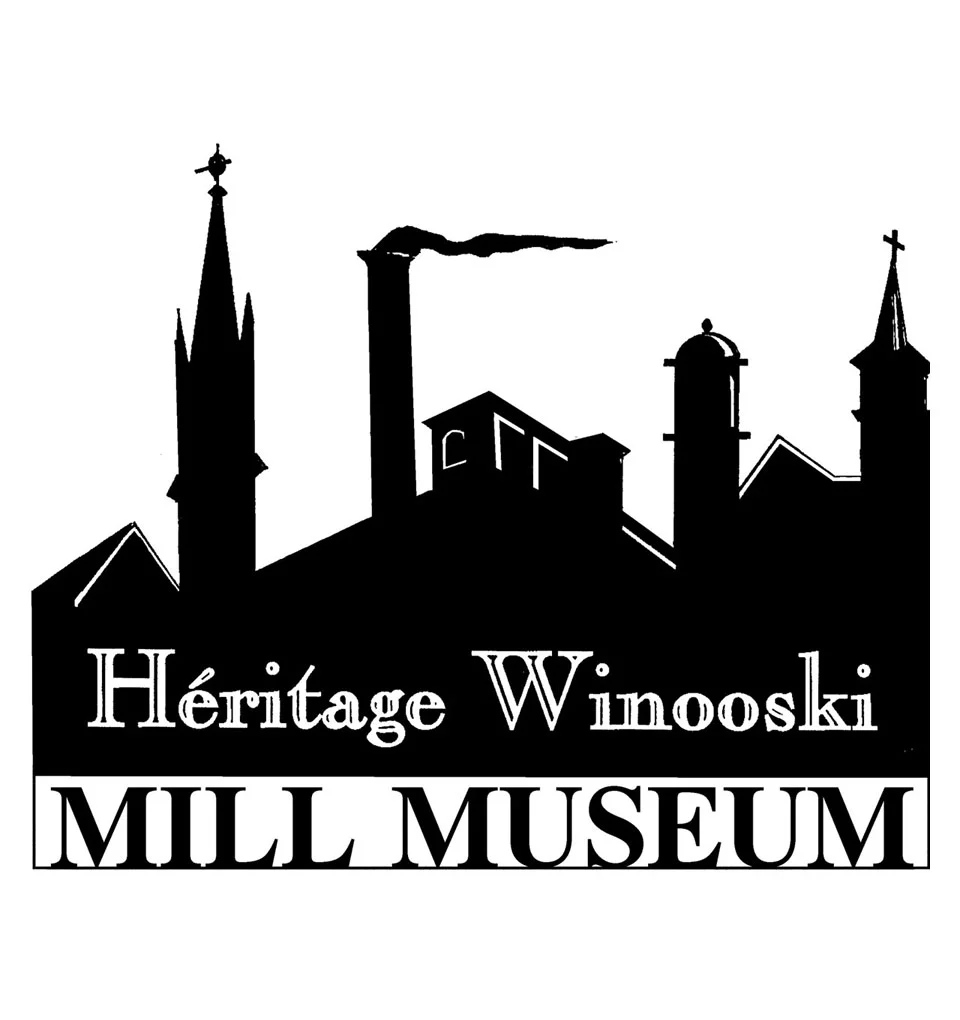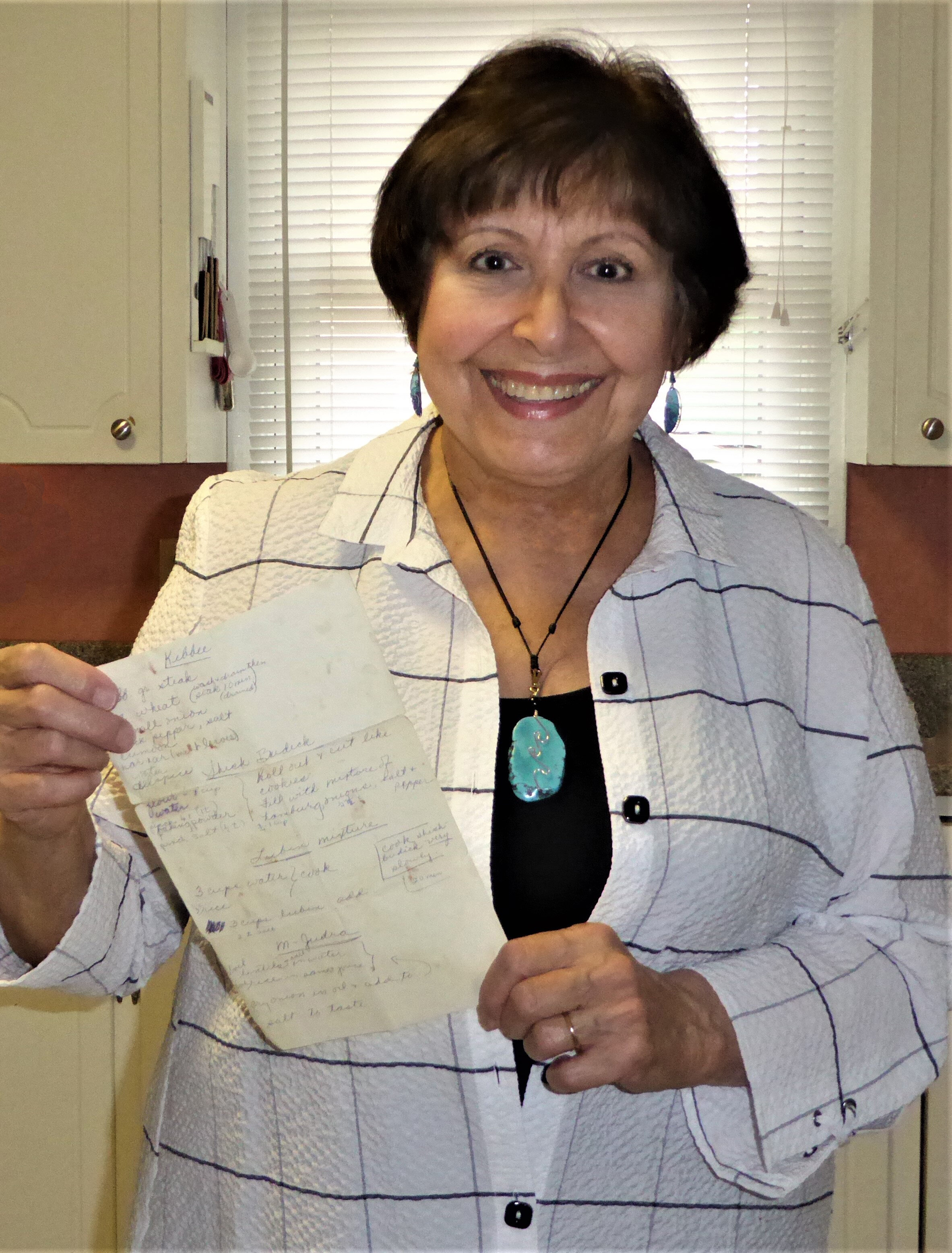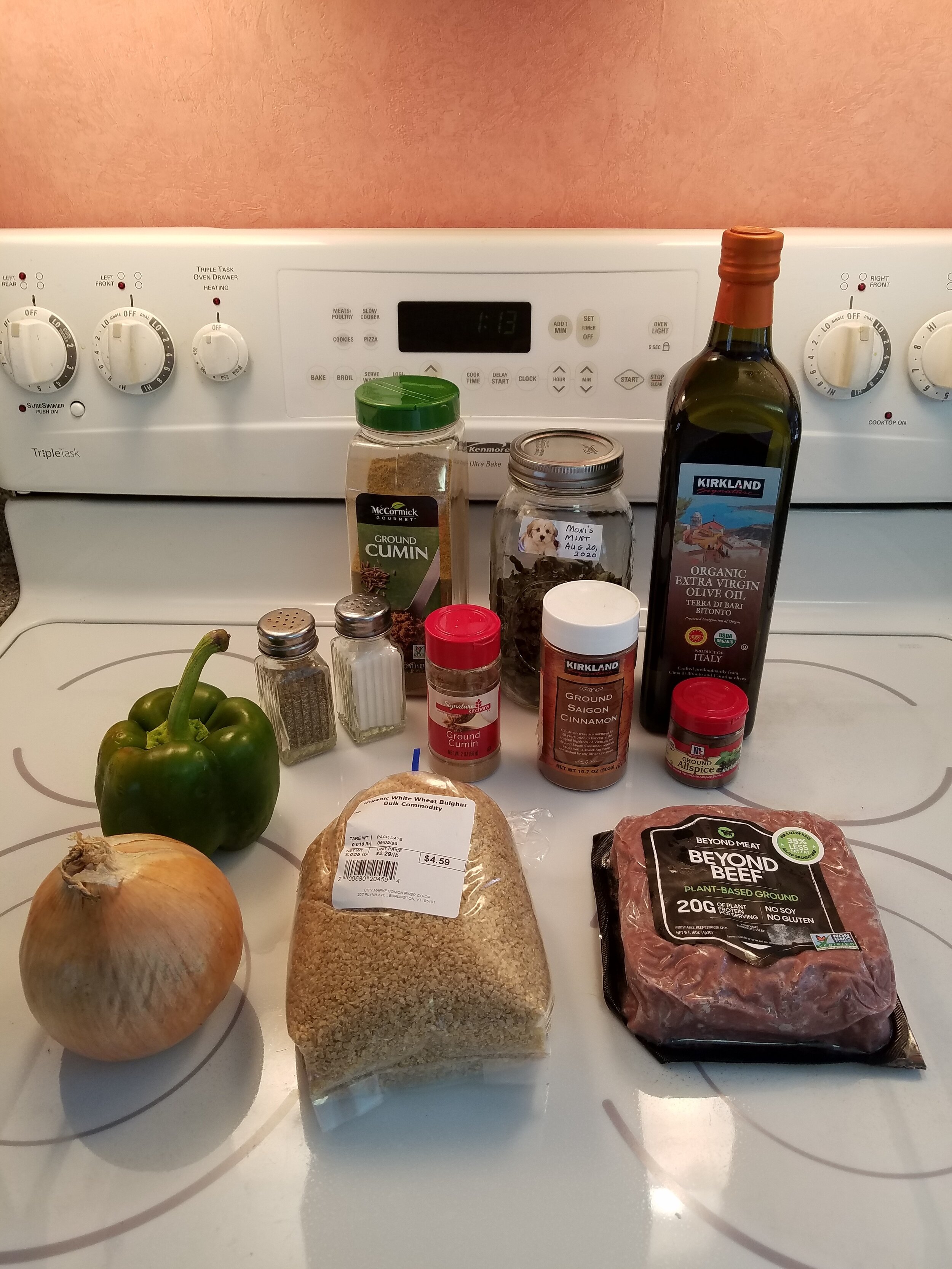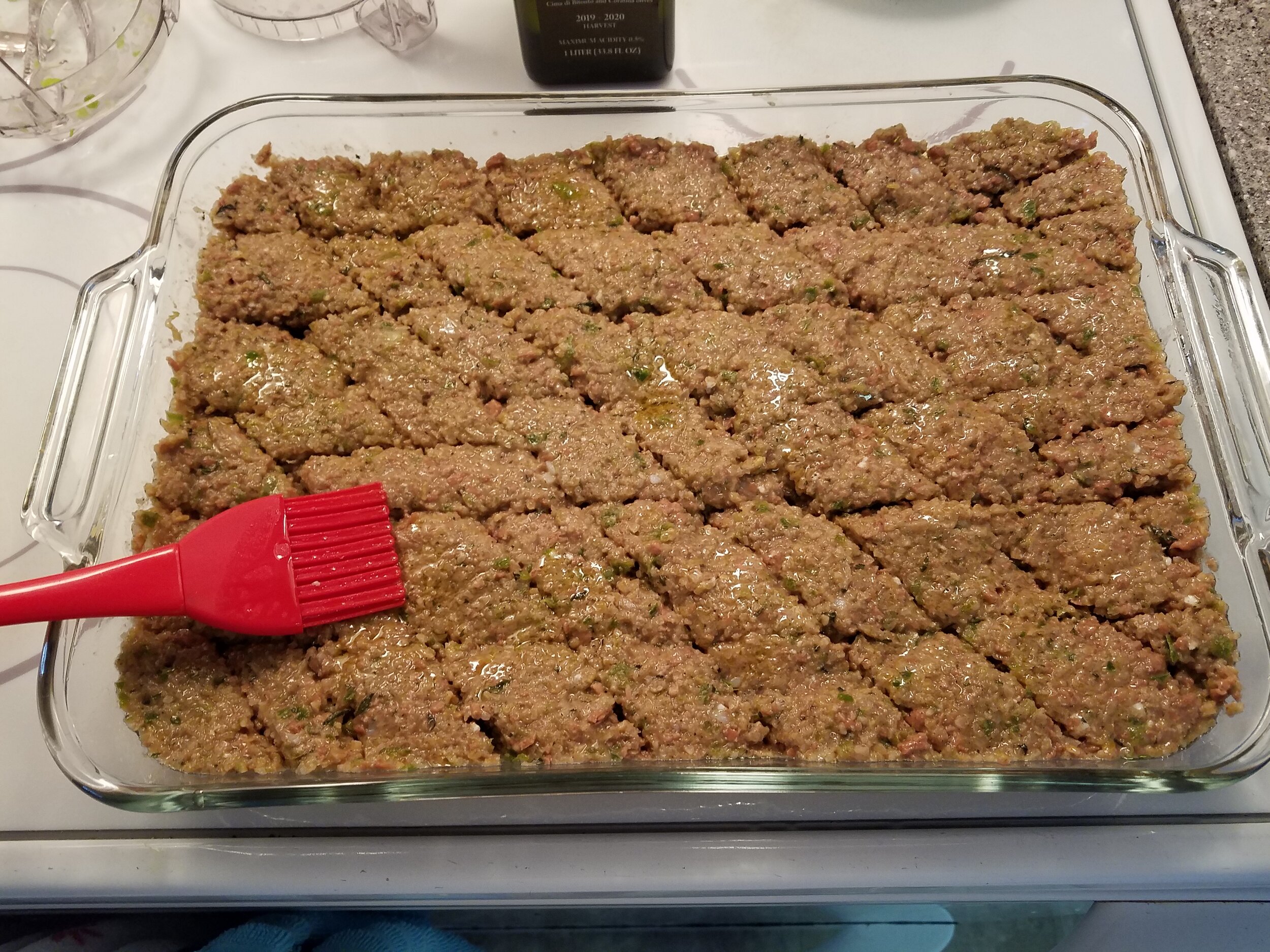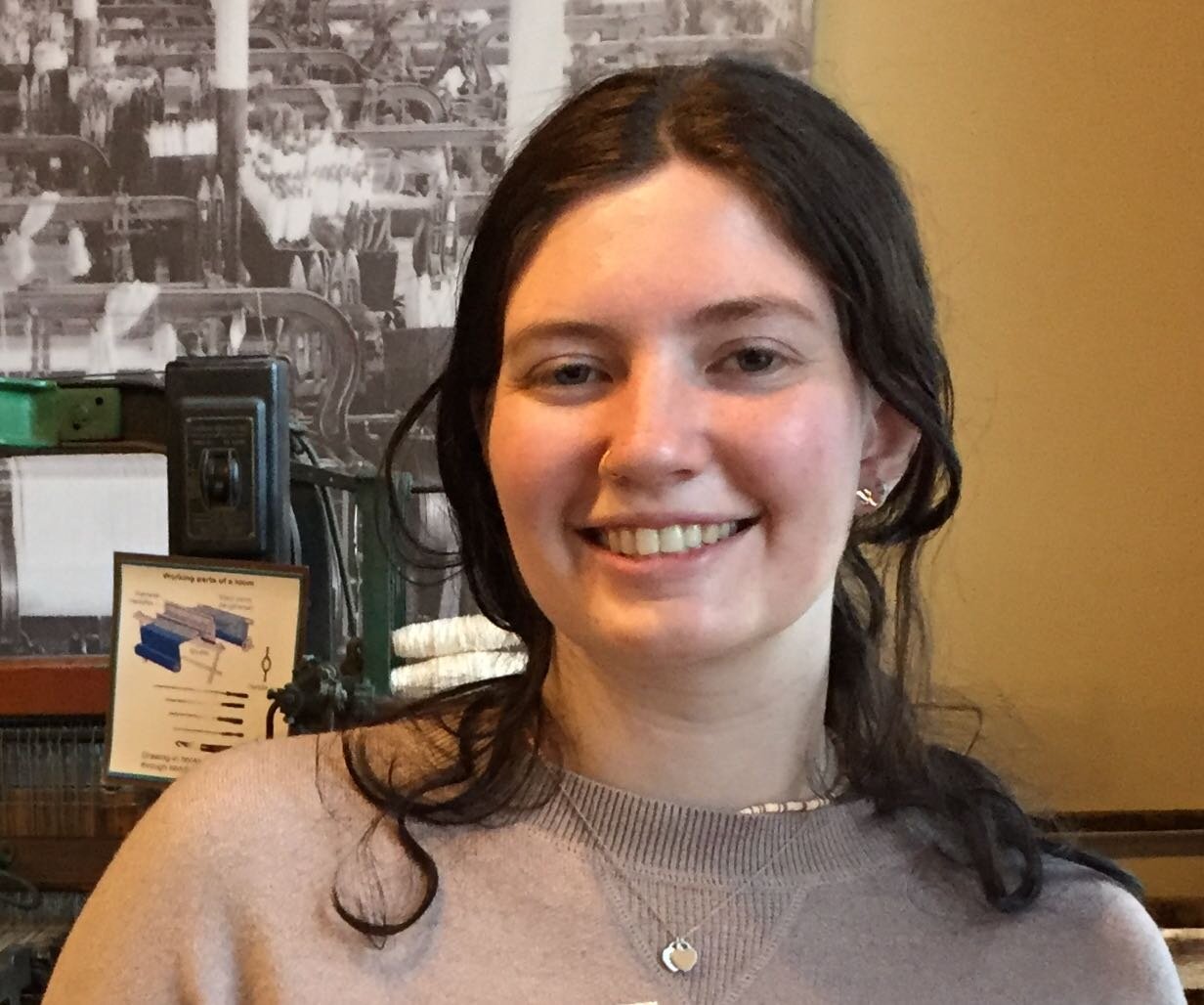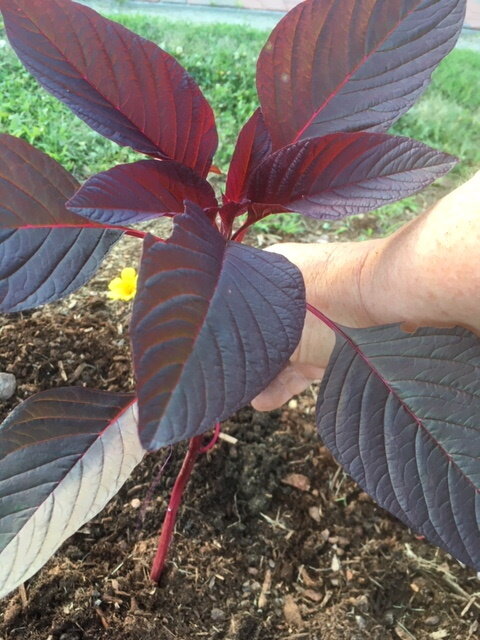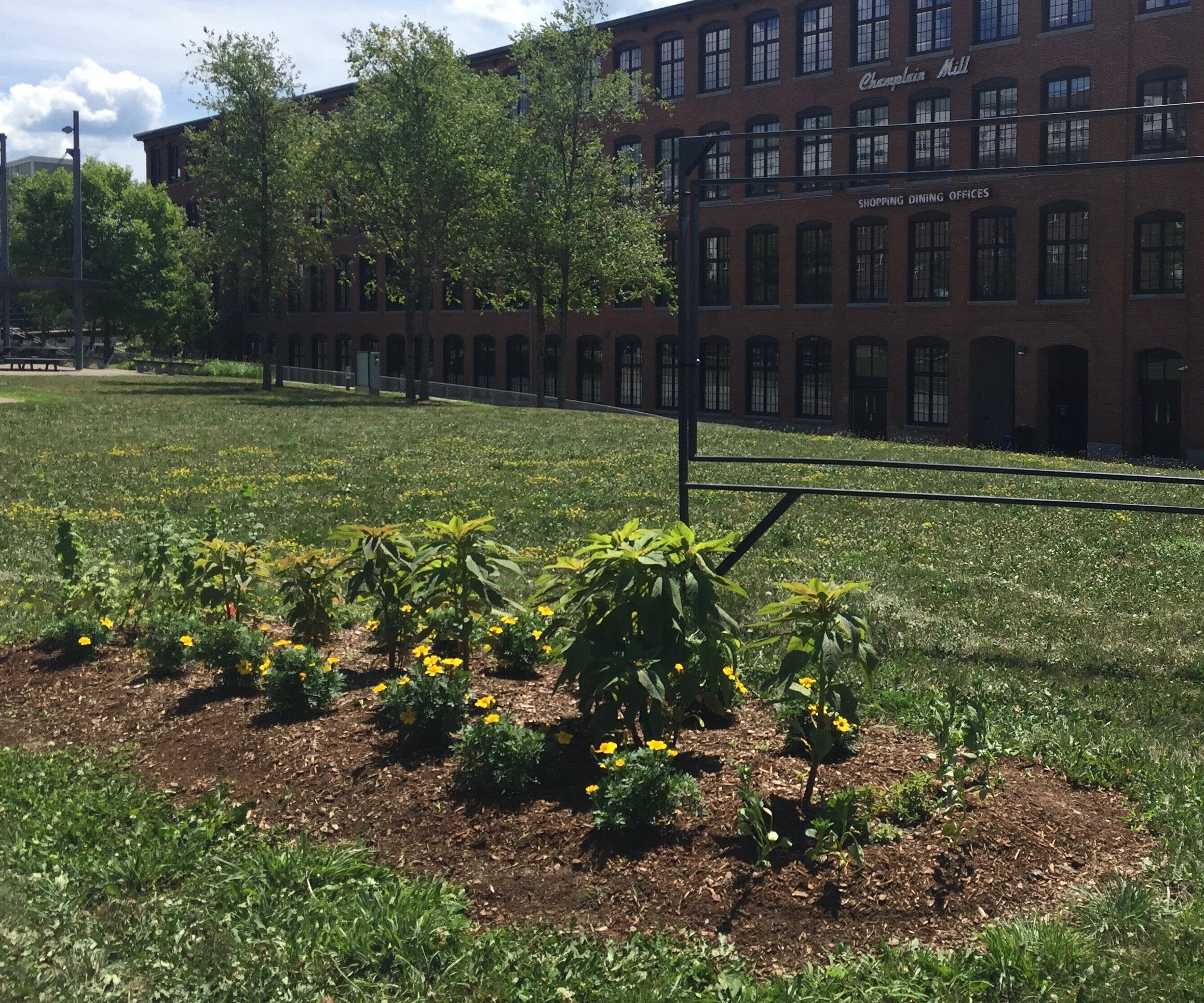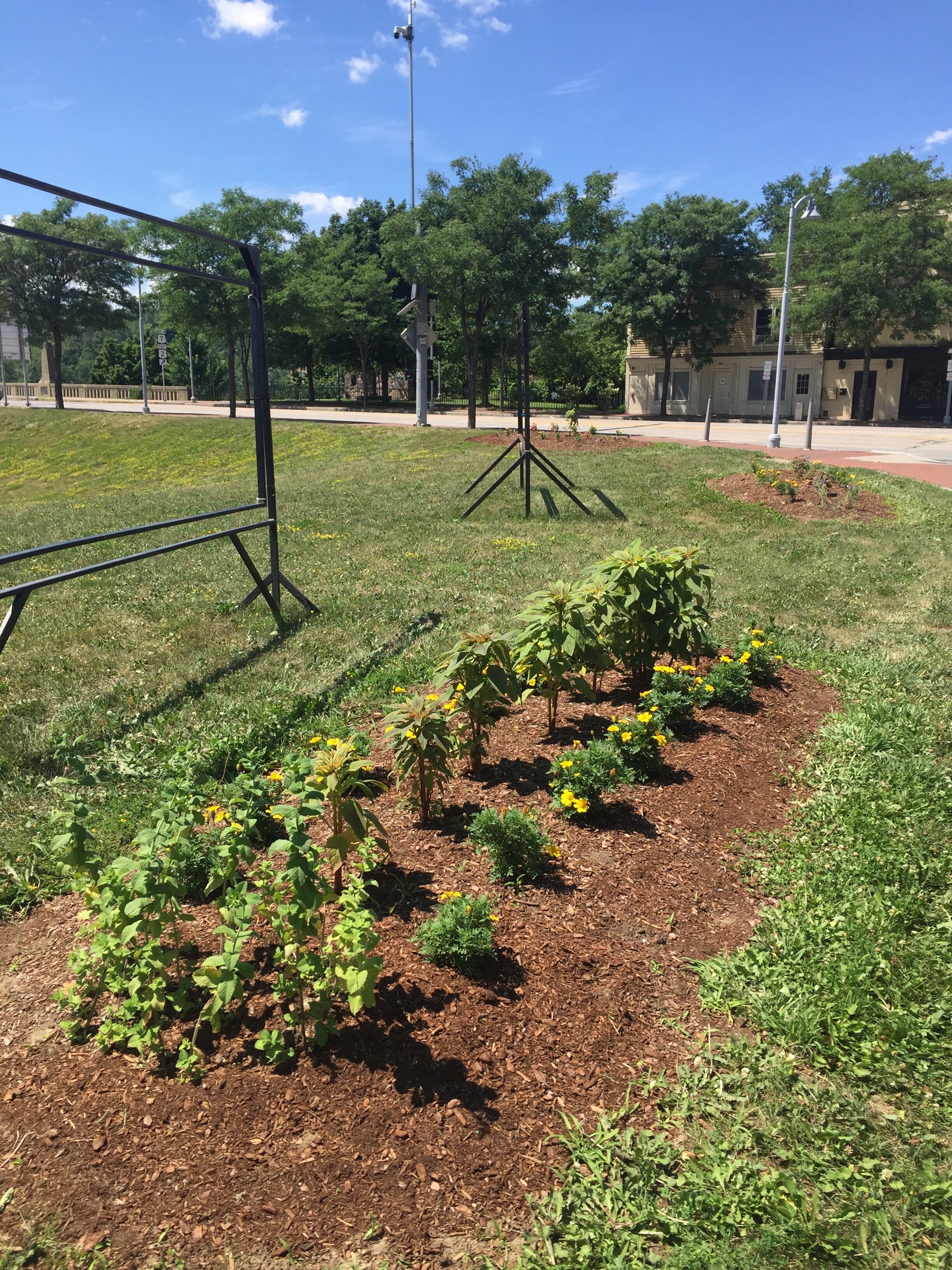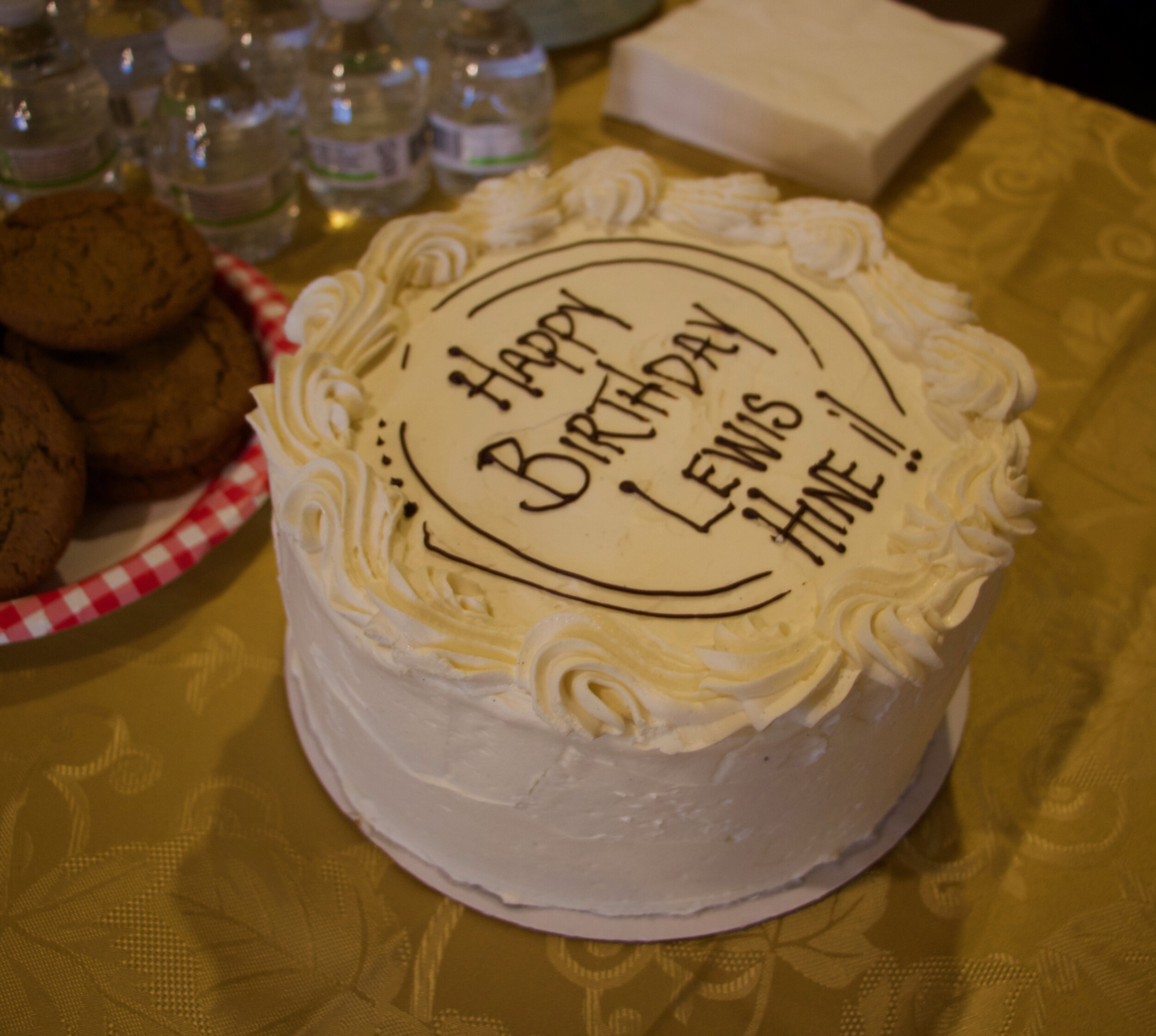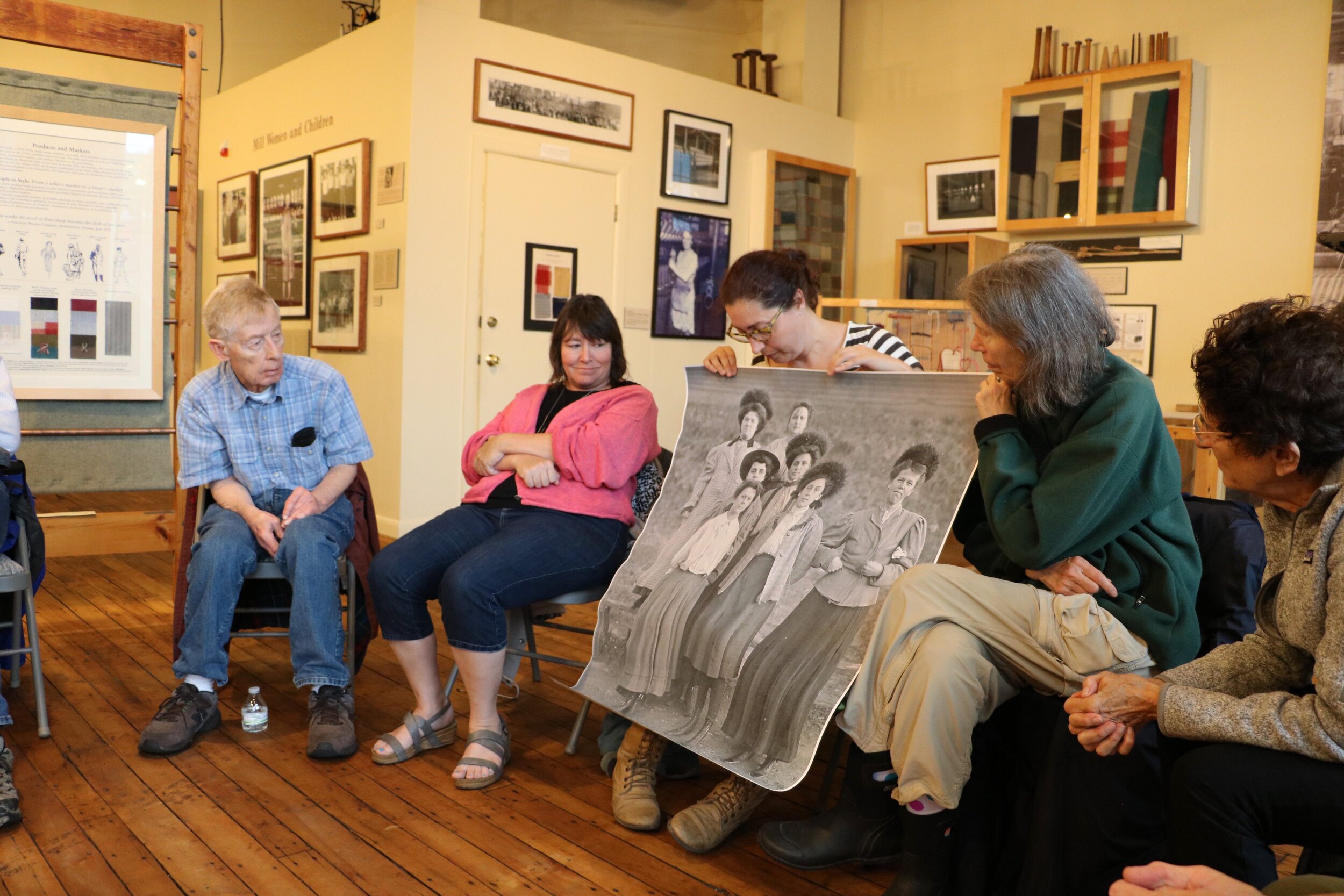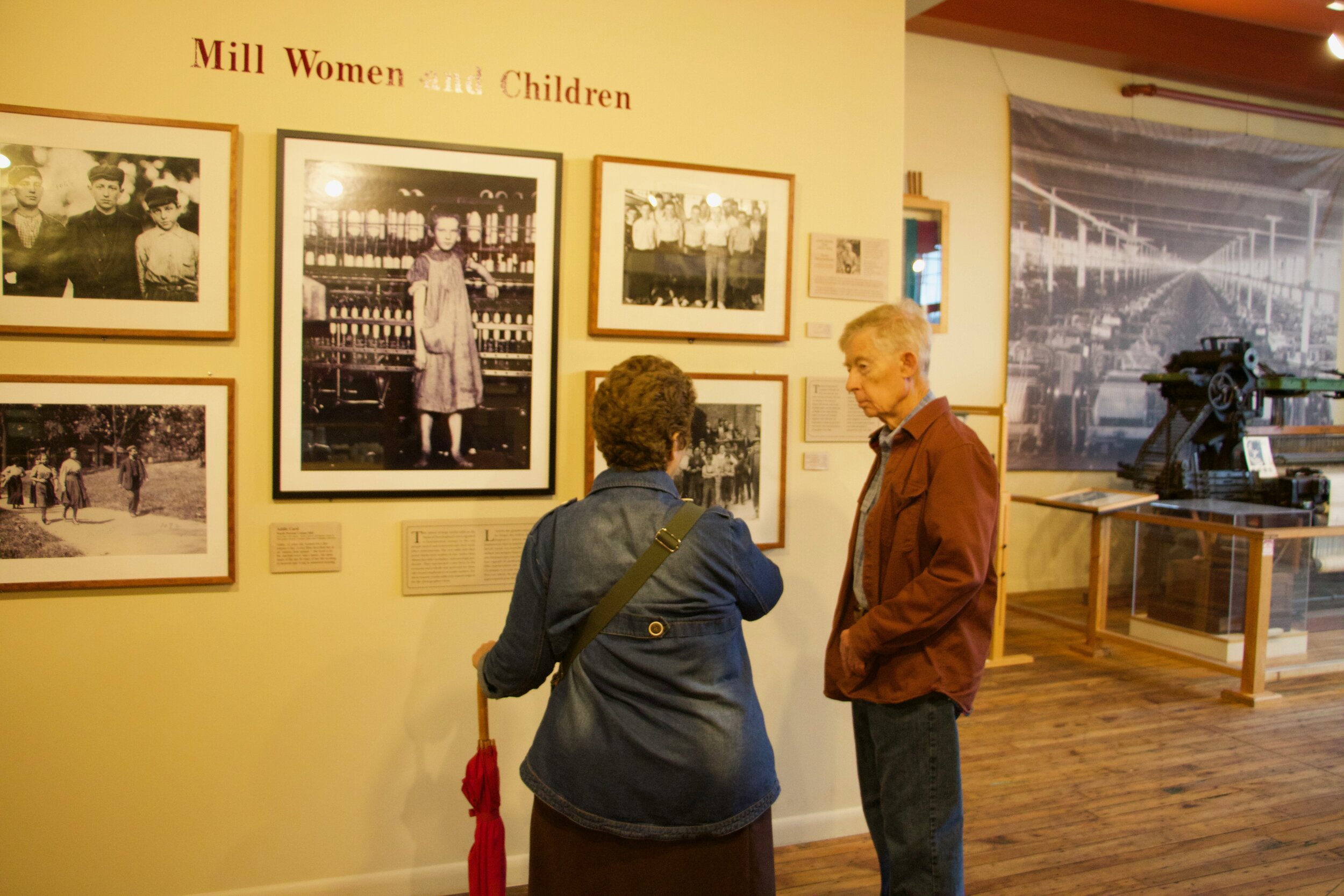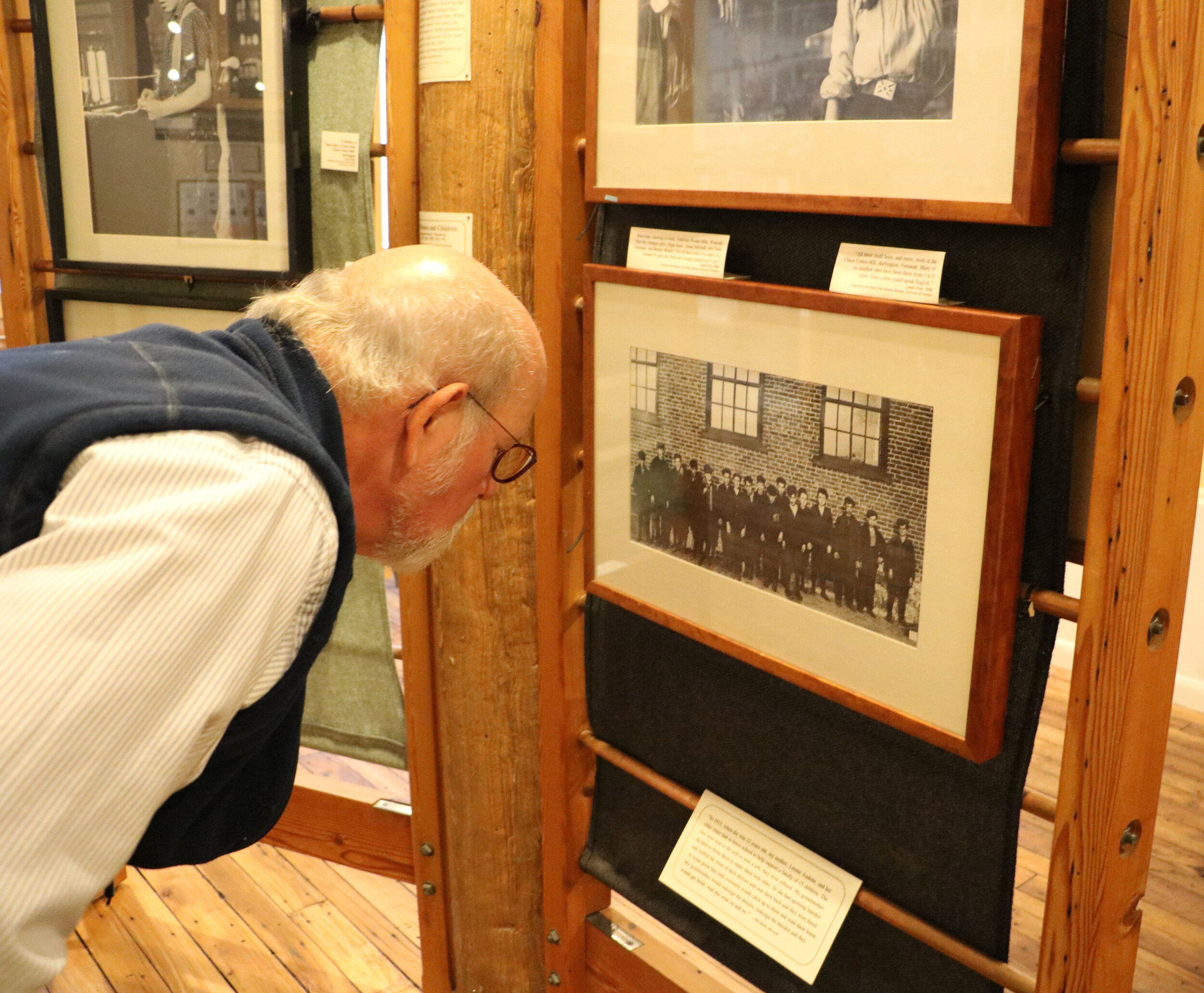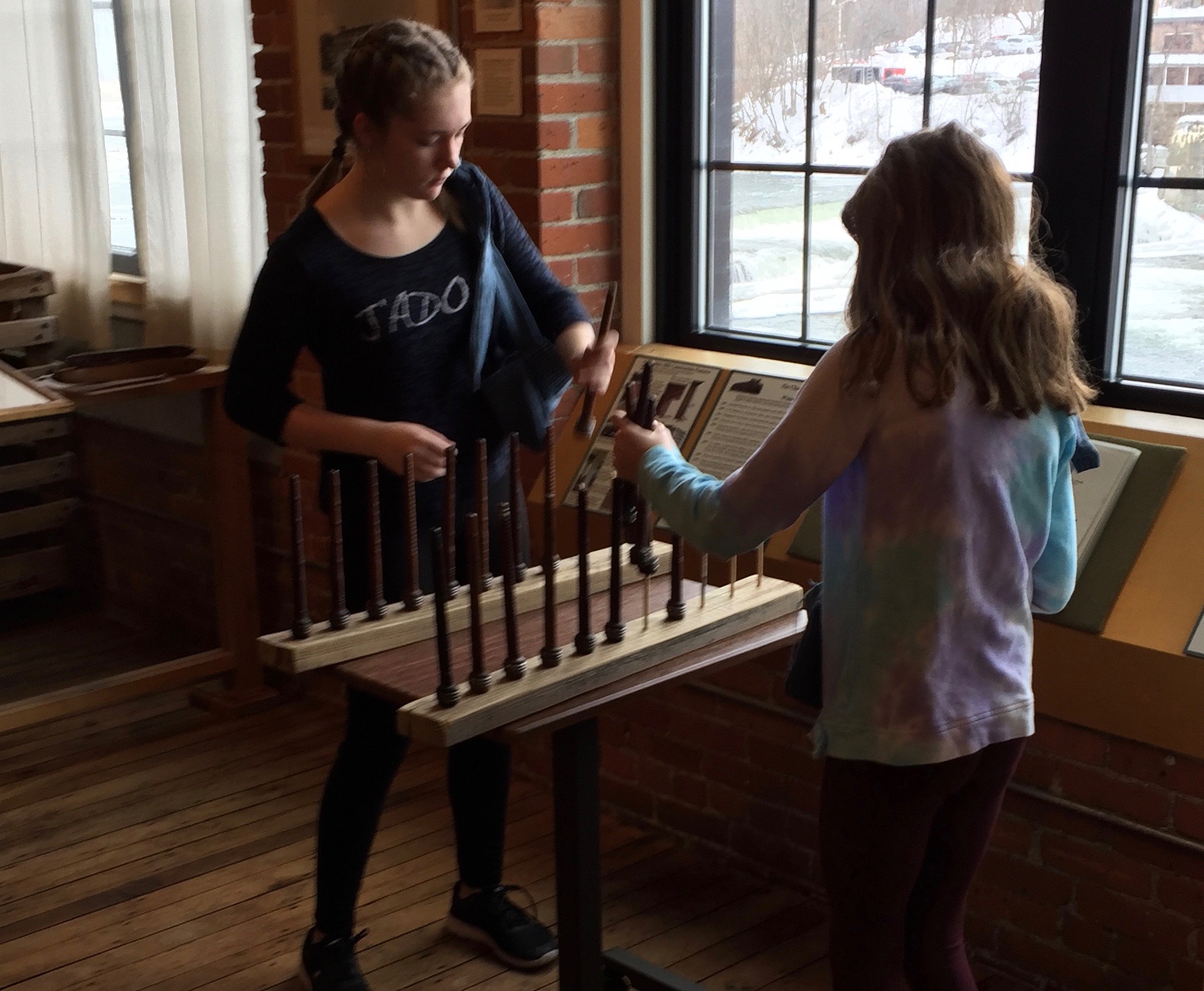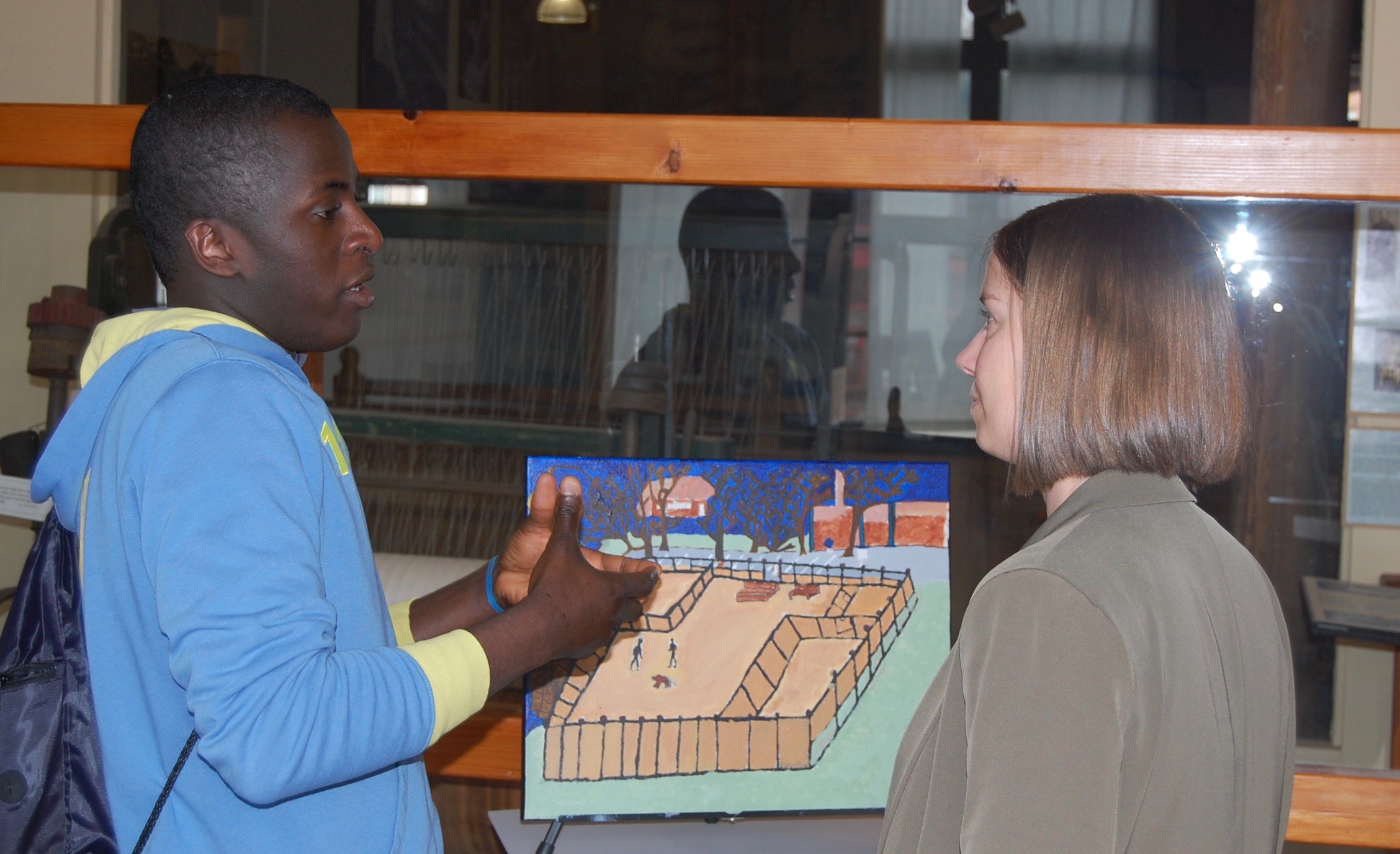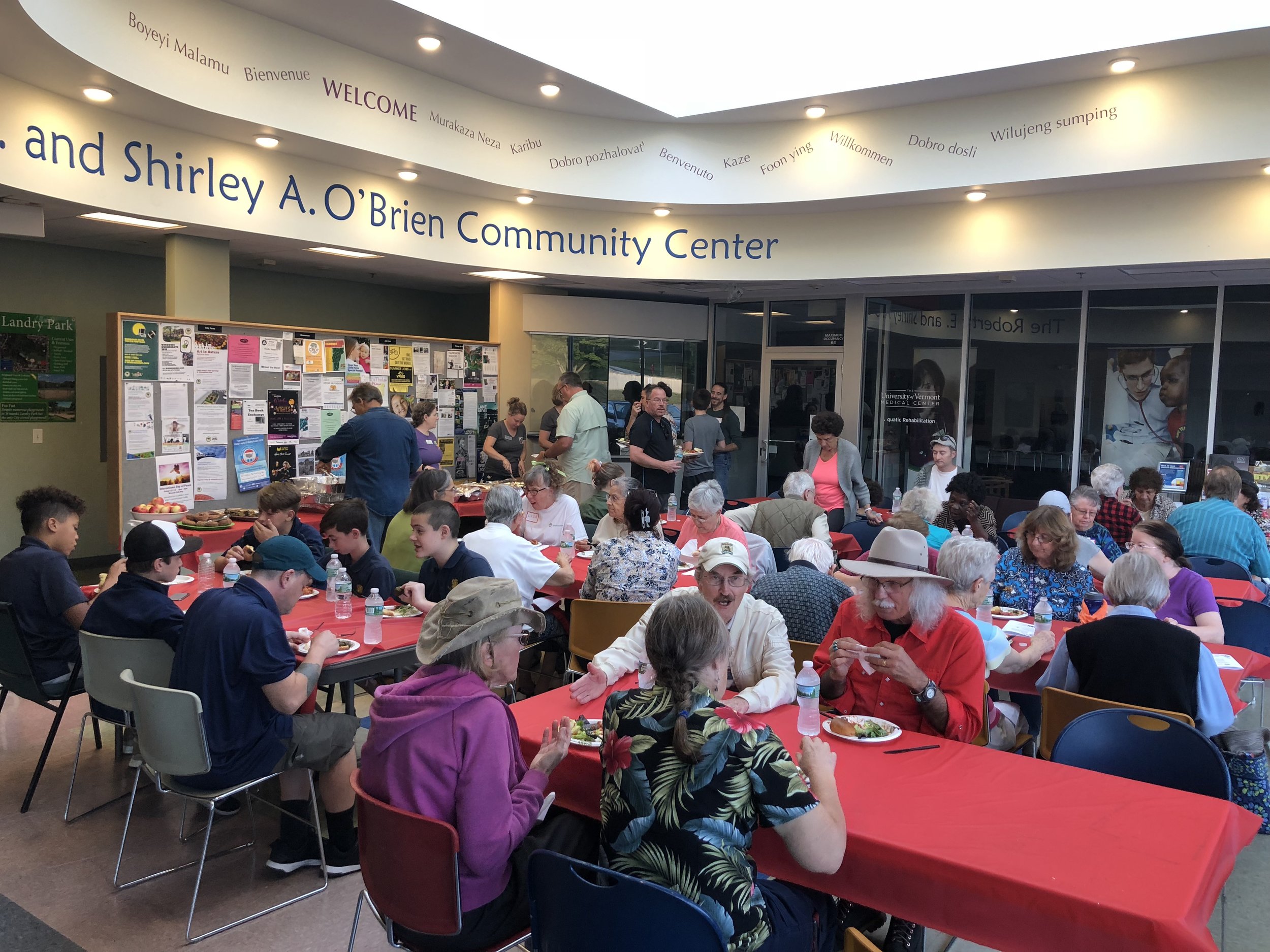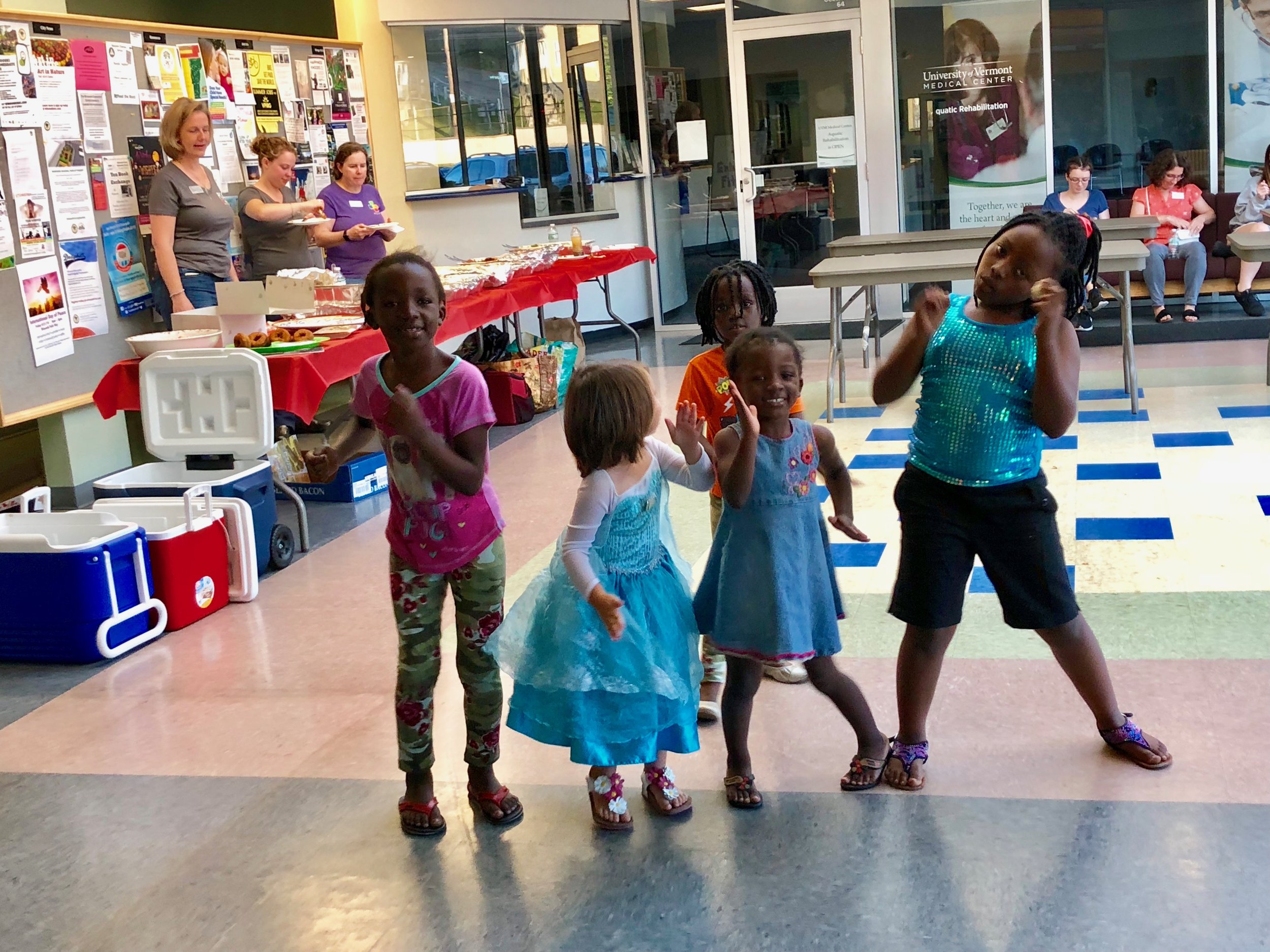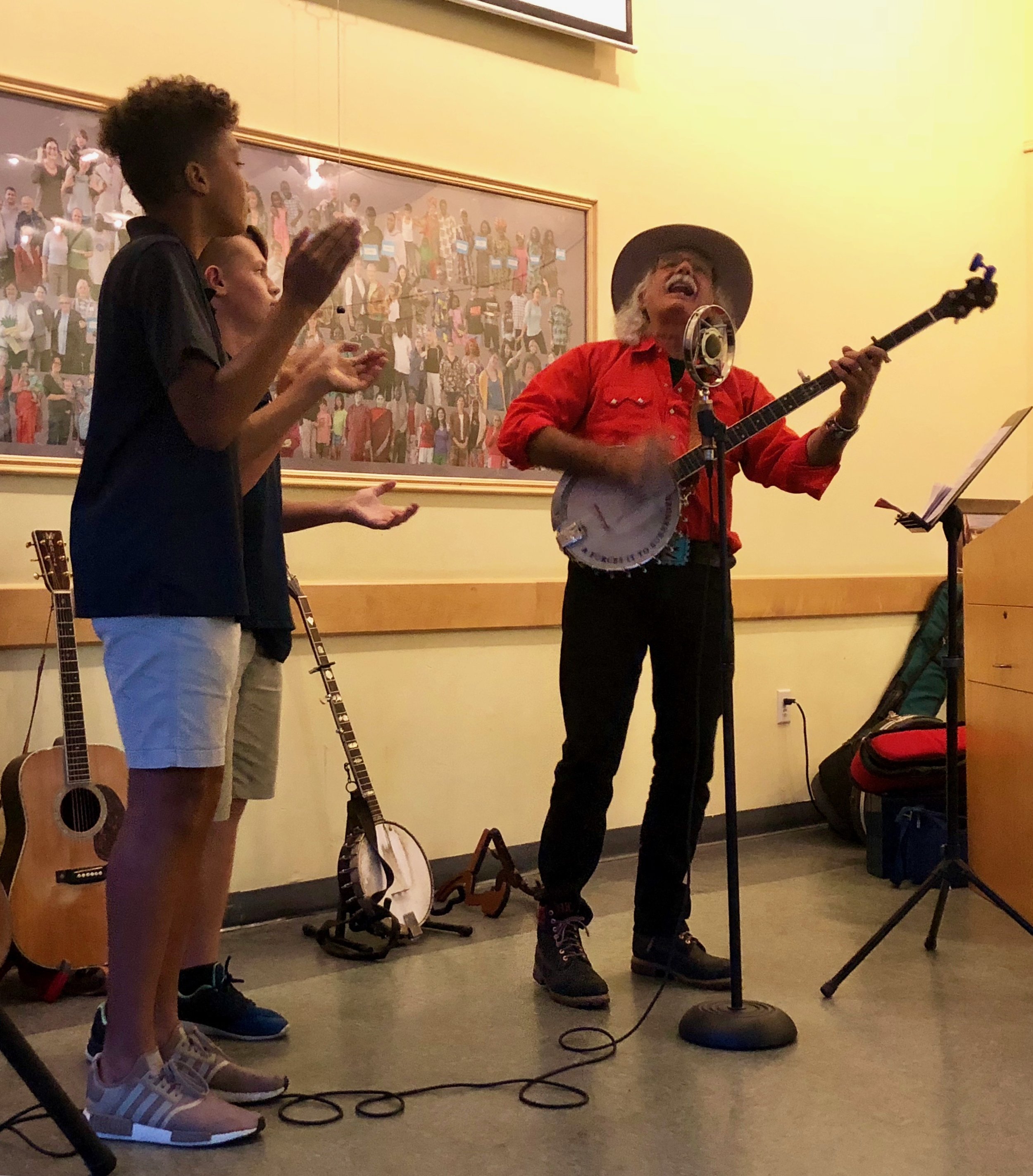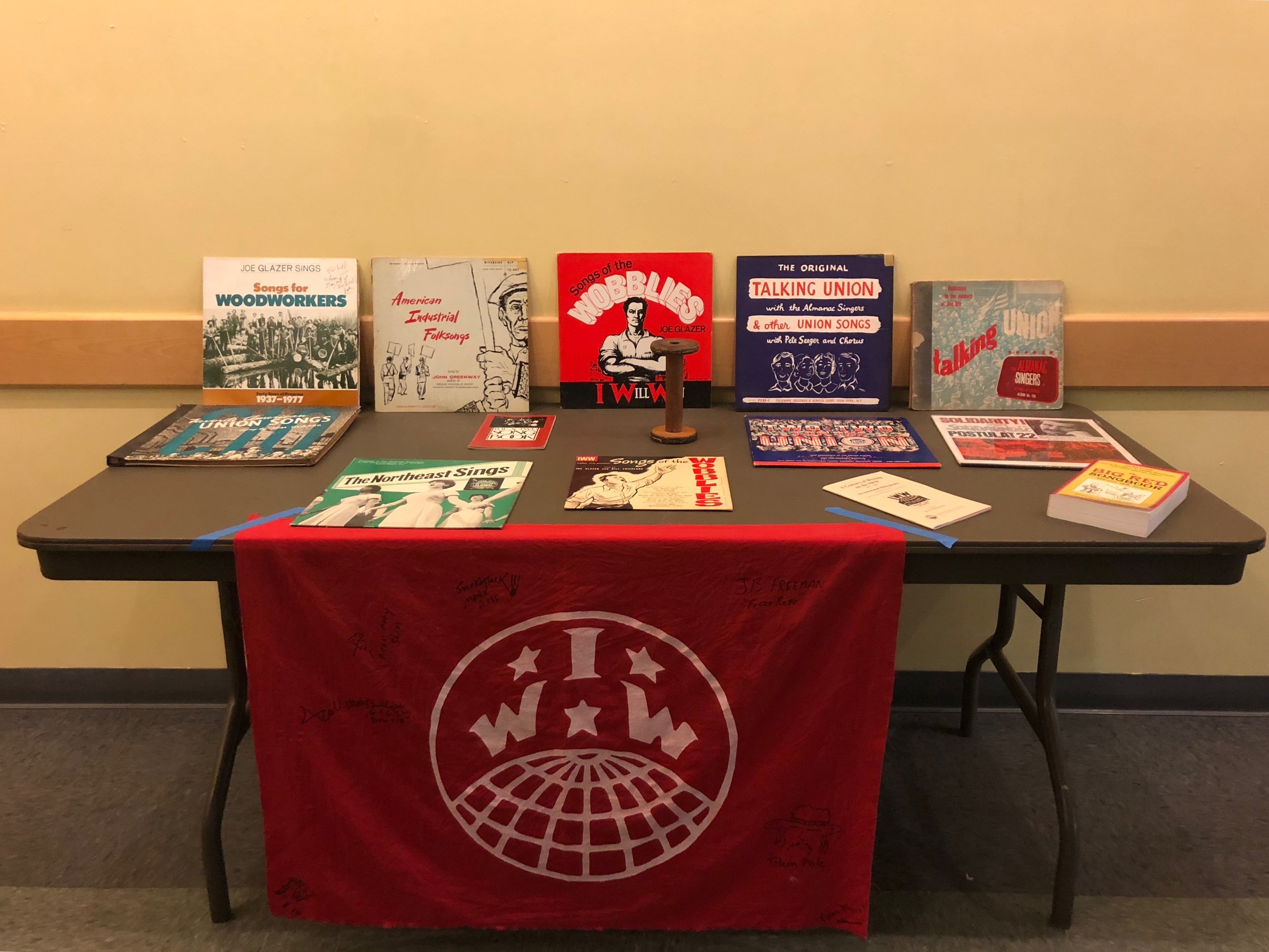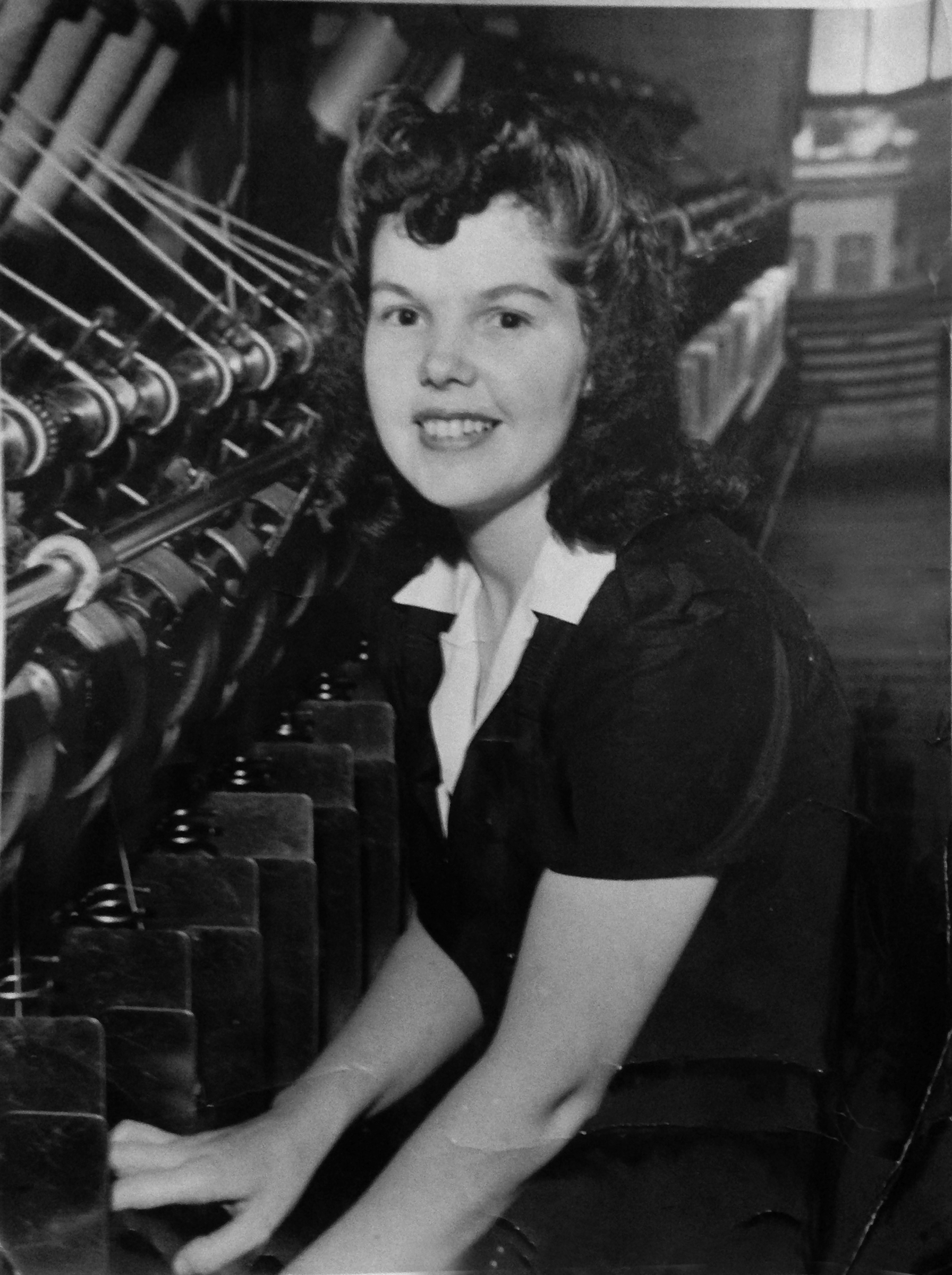Lebanese Kibbeh Recipe
/After interviewing Monica Farrington about her mother Martha Simon, Monica sent me a few photos, including one of her holding her family’s old kibbeh recipe. I decided to try it out for myself. Kibbeh is a traditional Mediterranean dish made with spices, beef or lamb, bulgur wheat, and pine nuts. It’s served as either balls or layered in a dish, which I chose to do. I also swapped out the meat for vegetarian ground beef substitute, and removed the pine nuts altogether.
To make the dish, I used Monica’s list of ingredients and did some research online about how to prepare it. I referenced the New York Times recipe - it makes the whole process super simple and I was able to add more spices to it without any trouble, and it had information about bake time and temperature that Monica’s recipe did not have.
I started by soaking bulgur wheat for around ten minutes then draining it, and mixing that in with the veggie ground beef. Then I added salt, pepper, cumin, mint, and allspice. I just eyed the spices and put in about an equal amount of all of them. Monica told me her recipe didn’t have specific amounts and it was more intuitive. This beef, spice, and bulgur mixture makes up the top and bottom layers of the dish. For the middle layer, I browned an onion and green pepper in a pan, and added about a third of the beef to cook for a few minutes. After that, I got an oiled baking dish and added a bottom layer of the beef, then the middle with the pepper and onion added in, then another layer of the original mixture. I’d definitely recommend saving more than you think you would need for the top layer. I ended up not having enough to form a solid top layer and it ended up uneven. The kibbeh cooks for between 35-40 minutes at 350 degrees. I really enjoyed it, and my roommate and I ended up finishing it in one dinner.
Ingredient List:
• 1 cup bulgur wheat
• 1 lb ground beef or beef substitute
• 1 small onion
• 1 green pepper
• Olive oil
• Cumin
• Mint
• Allspice
• Salt
• Pepper
Paige Burton was our museum intern for the spring of 2021. In May, she graduated from UVM with a degree in History and Environmental Studies. Recently she moved to North Conway, NH and is working as the manager of the Summit Museum at the Mount Washington Observatory.
